The Insurance Institute For Highway Safety (IIHS) has begun performing its comprehensive testing of the new Tesla Model 3, which starts at $46,000. Unfortunately for the Model 3 and its future owners, the car will not earn the Top Safety Pick Plus (TSP+) designation that inexpensive vehicles the same size as the Model 3 like the Hyundai Elantra and Subaru Impreza have already earned.
IIHS’s testing goes farther than government testing performed by NHTSA and other agencies. One of the tests that the group performs is a headlight test. IIHS built a state of the art headlight testing center a few years back. It even went to so far as to enlist members of the general public in calibrating its instruments so that the results would be true to the real world. The bar for earning the TSP+ rating is a “Good” rating. Unfortunately, the Model 3 has been evaluated and has only earned a rating of “Acceptable.” The Model 3 scored two levels higher than the Model S. That more expensive Tesla model only earns a "Poor" headlight rating.
The other test that the Tesla Model 3 has already completed is the Forward Crash Prevention evaluation. The Model 3 earned a “Superior Rating” and that rating applies to all Model 3 cars, not just the ones with optional equipment. Active safety technology has moved very rapidly through the auto industry and most popular affordable models now have the technology standard. For example, every mainstream Toyota car has this technology. IIHS has been ahead of other testing agencies in the evaluation of active safety ratings, starting its evaluations back in 2013.
If the Model 3 aces every crash test from here forward its rating could equal that of the Toyota Prius Prime, which sells for about half the price of the Tesla Model 3. We hope that the Model 3 will score "Good" on all the upcoming tests, but it is far from a certainty. The much higher-priced Tesla Model S was tested twice by IIHS and both times failed to score “Good” on the Small Frontal Overlap test.
Related Story: Tesla Model S At Bottom of IIHS Test Results – Again
Tesla vehicles in the real world have received much attention for their dramatic Autopilot crashes that sometimes kill the occupants. However, a more humdrum fact about Tesla’s Model S is that over time, the Model S has proven to have a higher real-world crash rate than large cars its size (and EVs) and it costs more to repair than its peers.
IIHS ordered the Model 3 it has recently tested back in June of 2017. Like many Model 3 shoppers, IIHS has had to wait due to the Model 3's significant production delays. The Institute has four more on order and once those arrive, the crash testing will begin. Similar to Consumer Reports, IIHS does not test fleet vehicles supplied by the manufacturer, but rather, buys them and tests them exactly the way they are delivered.


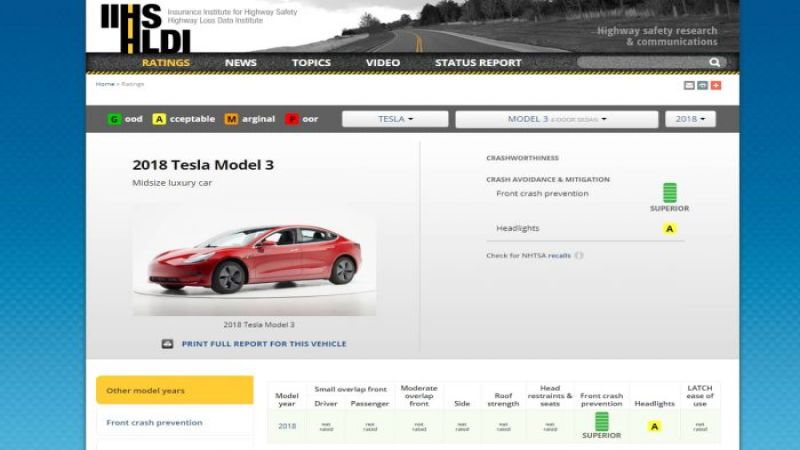




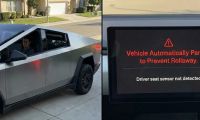
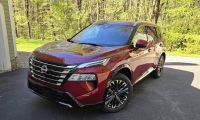
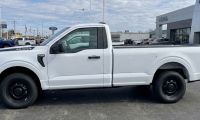
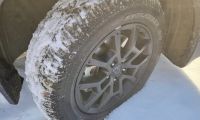
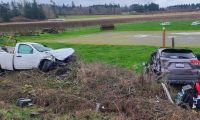
Comments
Stanley Morgan just slashed
Permalink
Stanley Morgan just slashed TSLA price target by 20 percent.
An acceptable rating for
Permalink
An acceptable rating for passenger small overlap is permissible but acceptable for LED headlights which most high-end vehicles have is not? IF TESLA IS LISTENING and this TSP+ rating is important to them, Tesla can make the LED headlights part of the PUP and have projector or HID lights for the standard trim. As with the Elantra or Impreza, the GOOD headlight rating is only for certain trim lines but still gives that model the IIHS TSP+ blessing (and presumably lower insurance rates too)
Excellent observation. In
Permalink
In reply to An acceptable rating for by Brokedoc (not verified)
Excellent observation. In fact, when IIHS introduces a new test for automakers to be scored on, it usually allows "Acceptable" in the first year the test is included. The Institute then makes a "Good" rating the requirement the following year or in subsequent years. This allows automakers fair time to make any minor adjustments that could alter the TSP+ or TSP rating. The bar is constantly moving up. Mainstream automakers are aware of this and actively work with IIHS to ensure future designs will make the grade at the time of their introduction. You may have noticed that Subaru and Toyota vehicles all have new platforms. They have been designed to score "Good" on all crash tests for the coming five years or more. Including the passenger side SFO crash that tripped up the Model S (twice).